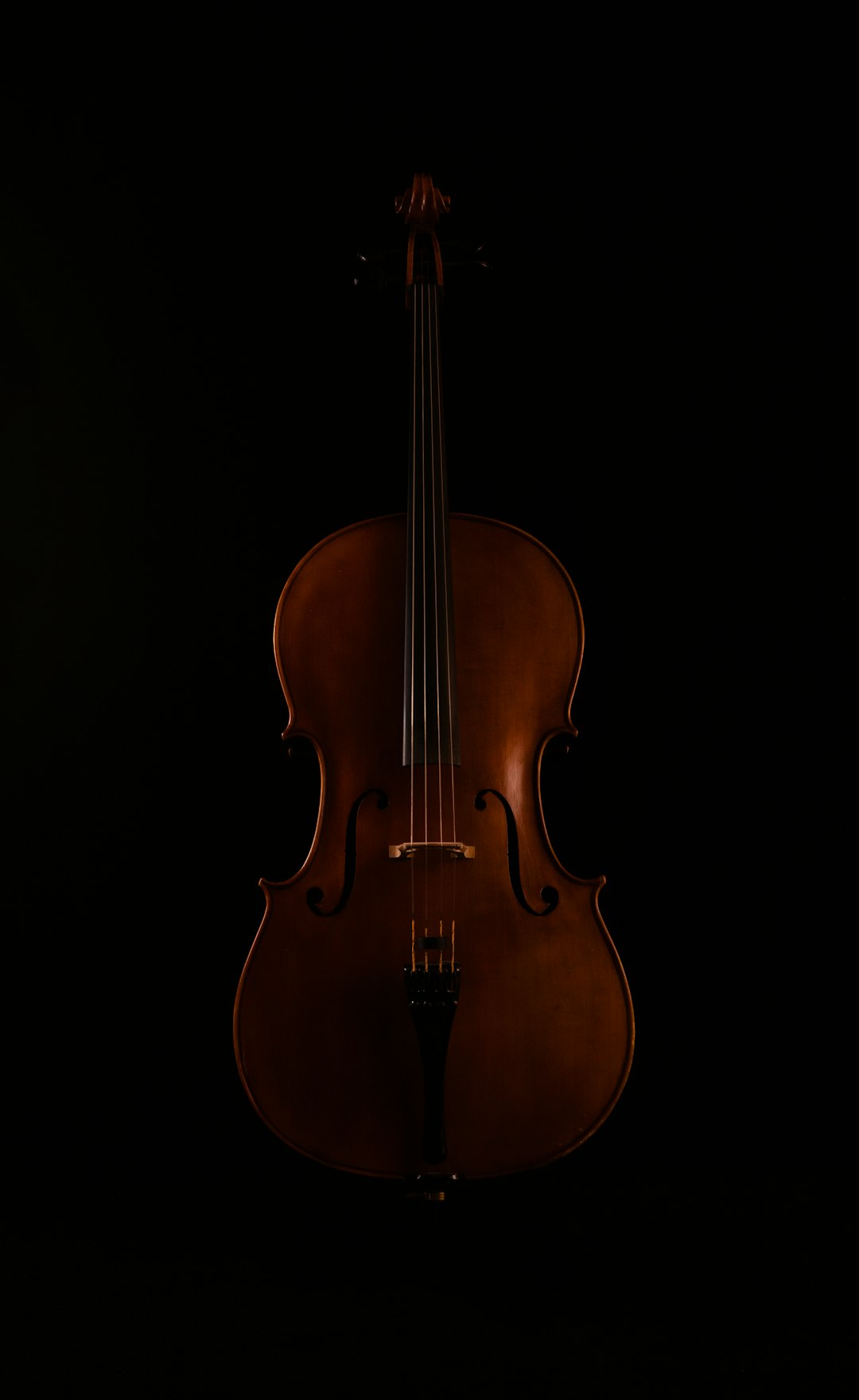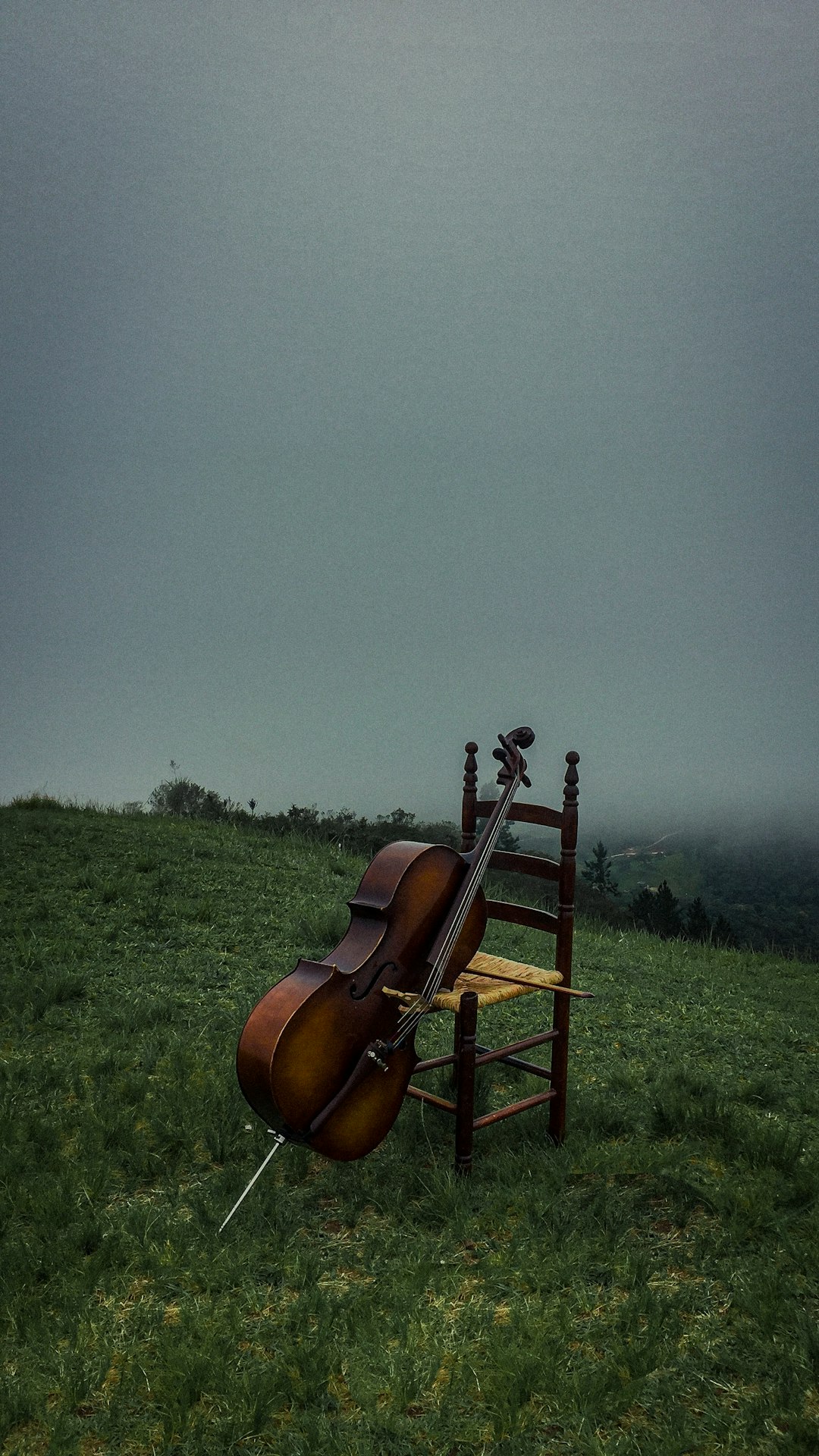Why Don't Cellos Have Frets?
One of the cello maxims my college teacher used to say was this: “You have to re-learn how to play the instrument every day.” This was always a gentle reminder to warm up before practicing or playing so that her students could lock in their intonation better. I was a double bassist before I was a cellist, and my bass teacher often said something similar: “One day, we will all figure out how to play perfectly in tune, but, until then, you have to work on it.” Nothing is ever perfect, and so intonation is something to work on all the time as a cellist.

Good intonation—the ability to play in tune—is a skill that often eludes string players even at the best of times. I would not say it is the greatest challenge of playing cello, but being off pitch is one of the things that our fellow musicians and our audiences notice the most. This can make it very daunting. How can we play on pitch accurately every time? Is there something we can do to help ourselves? Is there a way to play in tune more easily without learning and refining our hand positions every day with warm-ups, something to alleviate the anxiety of playing in tune? Why does this seem so difficult for us?

Part of the perceived impossibility of achieving good intonation as a cellist is that the fingerboards of instruments in the violin family (including cello) of the modern orchestra do not have frets. Frets are thin strips usually made of metal—or gut on older kinds of instruments (the same “gut” as the non-metal, gut strings used to string them)—that mark off exact pitch positions on fingerboards. If you have seen a standard guitar, then you are familiar with fretted fingerboards. Fretted instruments such as the guitar and others like the mandolin, banjo, lute, and viola da gamba, etc., seem to have an intonation advantage for players. One need not find the exact place to stop a string in order to play a pitch in tune so long as the strings themselves have been tuned and the instrument is set up accurately. I think most of us have wondered at least one time or another why cellists do not get to take advantage of such a straightforward technology, especially since the usage of frets in instrument-making pre-date the violin family. It seems, then, that frets were intentionally omitted from the standardization of instruments of the violin family, including the cello. Why would they do that to us? Why do cellos not have frets? Is this some kind of punishment for us poor cellists (and violinists, violists, and double bassists)?
There are, in fact, some cellos that have frets. The majority of these are modern, electric instruments, some of which have more than the standard four strings of a modern cello and are rigged with a harness to play while standing. I have also seen fingerboard kits that allow one to add frets to a cello fingerboard by gluing an overlay on top of it, but any luthier would recommend against such tempting gadgets because of the damage they can cause to the fingerboard itself. So, if you really want frets on a cello, there are ways to get them. I am sure you could even convince a luthier somewhere to make you an otherwise standard, acoustic cello with a fretted fingerboard. Despite this, you never really see cellists using fretted violoncellos even when they are made available. Why do cellists not use them? Are we punishing ourselves, then?
I think any cellist you ask would say that it is simply because we do not need frets in order to play our instrument. If you're interested in learning cello check out cello lessons in Beaverton. In order to see why—and, indeed, why it may be better without them—let us first examine why some instruments are fretted. The three most commonly encountered fretted instruments in Western European classical music are the lute, the viol, and the guitar. If you are not already familiar with the viol, it is an instrument that is often described as “a five- to seven-stringed cello with frets”. (Note: this applies specifically to the viola da gamba, the “leg viol”, which, as the name suggests, are played between the knees like cellos). The differences go beyond that, but, at first glance, it seems an accurate description. These instruments are typically tuned in intervals of fourths and thirds, unlike the fifths between cello strings in standard tuning. They usually have more than four strings—sometimes many more! Their fingerboards have a much larger radius, which is to say that the fingerboards are flatter and less rounded. The reasoning for having more strings may seem intuitive if the strings are tuned in these smaller intervals. A wider ranger is possible when strings are tuned fifths apart, so you might think that the purpose of the extra strings is simply to make up for this. The reasoning for the flatter fingerboards is usually given as follows: these instruments are plucked, not bowed, and therefore a more rounded fingerboard is not needed to attack one string at a time.
The problem with this analysis is that the viol and some other fretted instruments are typically bowed, and they, too, have flatter fingerboards than cellos, violins, and violas. As for the tuning issue, it seems like circular reasoning—“These instruments need more strings because they are tuned (mostly) in fourths, and, because they are tuned in fourths, they have more strings.” What actually sets instruments like viola da gamba, lute, theorbo, and classical guitar from cellos is that they were designed as chordal instruments: the music written for them often has extensive multiple stops and harmonies, several pitches at the same time. The design of the cello fingerboard does not easily facilitate multiple stops and the playing of chords because the bow can only be drawn across two strings simultaneously. This is why cellists bow with a flourished, arpeggiated sweep to perform triple and quadruple stops. Fretted instruments are designed to play chords easily, and so they are made with many more strings to bow or pluck simultaneously, a fingerboard radius designed to assist in this, and, most importantly, frets to keep such things in tune when awkward hand positions are required. One can see that the construction of these instruments with so many strings was intended not for increased pitch range, but for playing more pitches simultaneously. This is why older examples of lute and viola da gamba often have only seven frets: performing mostly chords and simple polyphonic melodies, the players of these instruments did not need to crawl higher up the fingerboard.
Cellos, on the other hand, are melodic instruments, designed to play one pitch at a time, and composers only rarely write multiple stops for cello parts. More difficult than playing a single pitch with good intonation on cello is playing multiple pitches in tune simultaneously. It is usually only the most difficult, virtuosic solo works for cello that have multiple stops in places to explore the limits of what cellists can do with the instrument, but it is far from standard, and the instrument is poorly designed for that purpose. This is also why cellos do not often need more than four strings, why the radius of the fingerboard is so small (rounded), and why frets might cause more trouble than they are worth. There are techniques that are more cumbersome or even impossible when frets are involved, such as a wide vibrato, smooth glissandi, and purer pitch adjustments for different kinds of scale tuning and temperament. All of this would be lost on cello if frets were involved, even if a more accurate baseline ease of intonation would be achieved.
Ultimately, we see that the reason why some instruments have frets is that they are chordal instruments that require more accuracy in pitch with less accuracy in hand position due to the complexity of the hand positions and mutiple stops involved. A guitarist would not want every chord played to be some kind of virtuosic, technical challenge of intonation the way multiple stops are for cellists. Playing chordal harmonies is simply part of the performance practice for fretted instruments. The cello is expected to have more melodic versatility, smoothness of pitch variance for the sake of expressiveness, and timbral depth, and all of this is afforded by the lack of frets. The cello’s deep, rich tone that makes it so beloved by players, composers, and listeners alike could not be achieved with frets. Instead of facilitating the instrument’s purpose, frets would get in the way of it. They are literal and figurative “speedbumps” as the jazz bassist Jaco Pastorius once called them on his own instrument.
And thus we can add a new violoncello maxim to the Cellist’s Code: “Intonation is hard, yes, but learn your hand positions well, explore the depth of the instrument’s possibilities, and, most importantly, do not fret.”



